Does Jaguar’s XF Sportbrake stand out in today’s SUV-heavy market?

The XF Sportbrake is classic Jaguar, a handsome car that looks back as well as forward. The company’s current status is emblematic of the traditional motor industry as a whole; poised on the brink of a technological revolution, yet still bearing a weight of historical assets and brand baggage that must somehow be hauled into the present. As part of JLR, which was founded in 2008, it has frequently been eclipsed by the sales success of its SUV-making sibling. In recent years, however, shifting market priorities, new legislation and a plateauing product strategy have left both brands looking rather listless and vulnerable.
That’s certainly not how you’d describe Jaguar’s cars. The company is justly famed for its uncanny grasp of elegance and poise, and this new estate version of the big XF saloon is no exception. It is handsome without being showy, meticulous, and over-styled. Inside and out, the XF Sportbrake doesn’t put a foot wrong, from the crisp digital dashboard to the (optional) full length glass roof. If we’re being really picky, the petrol engine in this R-Sport model feels a mite underpowered, especially given its 300 PS rating, but there’s also the more raucous Sportbrake S if raw power is what you crave. In all honesty, the R-Sport’s performance is more than ample for these straitened times, and a smooth ride and hushed ambience is far more important. Four wheel drive adds more security and grip, while Jaguar’s test car had a steep £12,500 worth of options to give it an even sportier look.
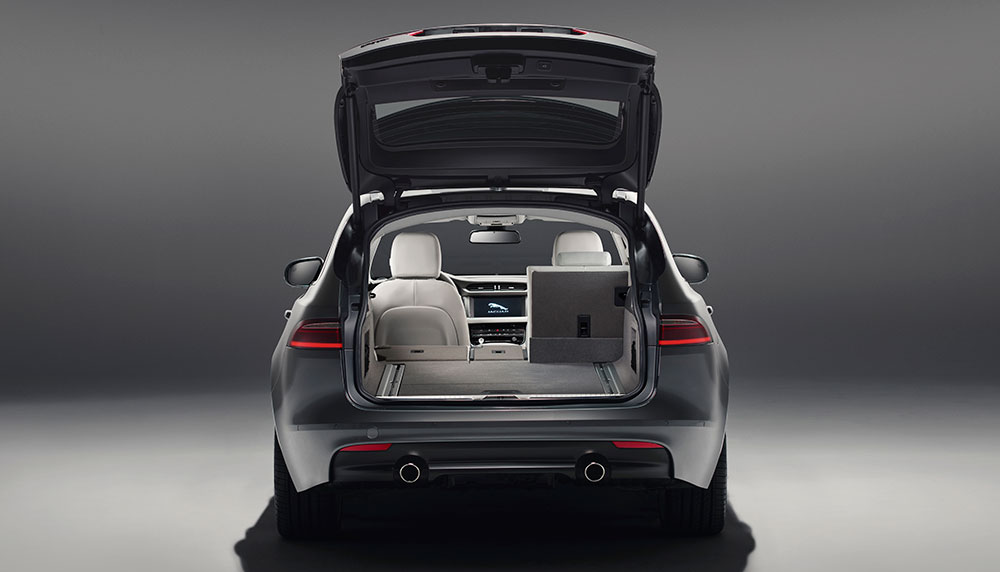
And yet for all its ability and refinement, the XF Sportbrake still finds itself as something of an anachronism in the modern age. An estate car, conventionally powered and styled in the classic manner, is akin to a Georgian house on wheels – much loved by traditionalists, beautiful in form and craft and still held up as a high point in design, yet undeniably a thing of the past. Maybe that’s why the company’s recent focus has been on SUVs, including the E-Pace, F-Pace and all-electric I-Pace crossover (more of which another time), rather than its traditional saloon cars.
Jaguar is poised to make even more changes. Rumour has it that the replacement for its flagship XJ saloon – once deemed the default choice for cabinet ministers – will take a leap forwards and become an all-electric, Tesla-baiting futuristic machine. The burgeoning association between EVs and performance is also expected to impact the future form of company’s dedicated sports cars, currently represented by the F-Type.

But perhaps most importantly, new technology like electric power and semi-autonomous driving will give a brand like Jaguar – and Land Rover too – a chance to break free from the straitjacket of the past. It’s understandable that car companies use nostalgia for commercial purposes and while we’re not accusing Jaguar of all-out retro design, decades of creating sleek, feline sports cars and saloons have left the company somewhat adrift. With the new I-Pace heralded as one of the most credible luxury electric cars ever made, the rest of the company’s line-up looks rather forlorn and bereft of purpose in comparison, even if their aesthetic credentials are unimpeachable. The XF is excellent, but there’s much more to come.
INFORMATION
Jaguar XF Sportbrake R-Sport, from £44,700. For more information, visit the Jaguar website
Receive our daily digest of inspiration, escapism and design stories from around the world direct to your inbox.
Jonathan Bell has written for Wallpaper* magazine since 1999, covering everything from architecture and transport design to books, tech and graphic design. He is now the magazine’s Transport and Technology Editor. Jonathan has written and edited 15 books, including Concept Car Design, 21st Century House, and The New Modern House. He is also the host of Wallpaper’s first podcast.
-
 Year in review: the shape of mobility to come in our list of the top 10 concept cars of 2025
Year in review: the shape of mobility to come in our list of the top 10 concept cars of 2025Concept cars remain hugely popular ways to stoke interest in innovation and future forms. Here are our ten best conceptual visions from 2025
-
 These Guadalajara architects mix modernism with traditional local materials and craft
These Guadalajara architects mix modernism with traditional local materials and craftGuadalajara architects Laura Barba and Luis Aurelio of Barbapiña Arquitectos design drawing on the past to imagine the future
-
 Robert Therrien's largest-ever museum show in Los Angeles is enduringly appealing
Robert Therrien's largest-ever museum show in Los Angeles is enduringly appealing'This is a Story' at The Broad unites 120 of Robert Therrien's sculptures, paintings and works on paper
-
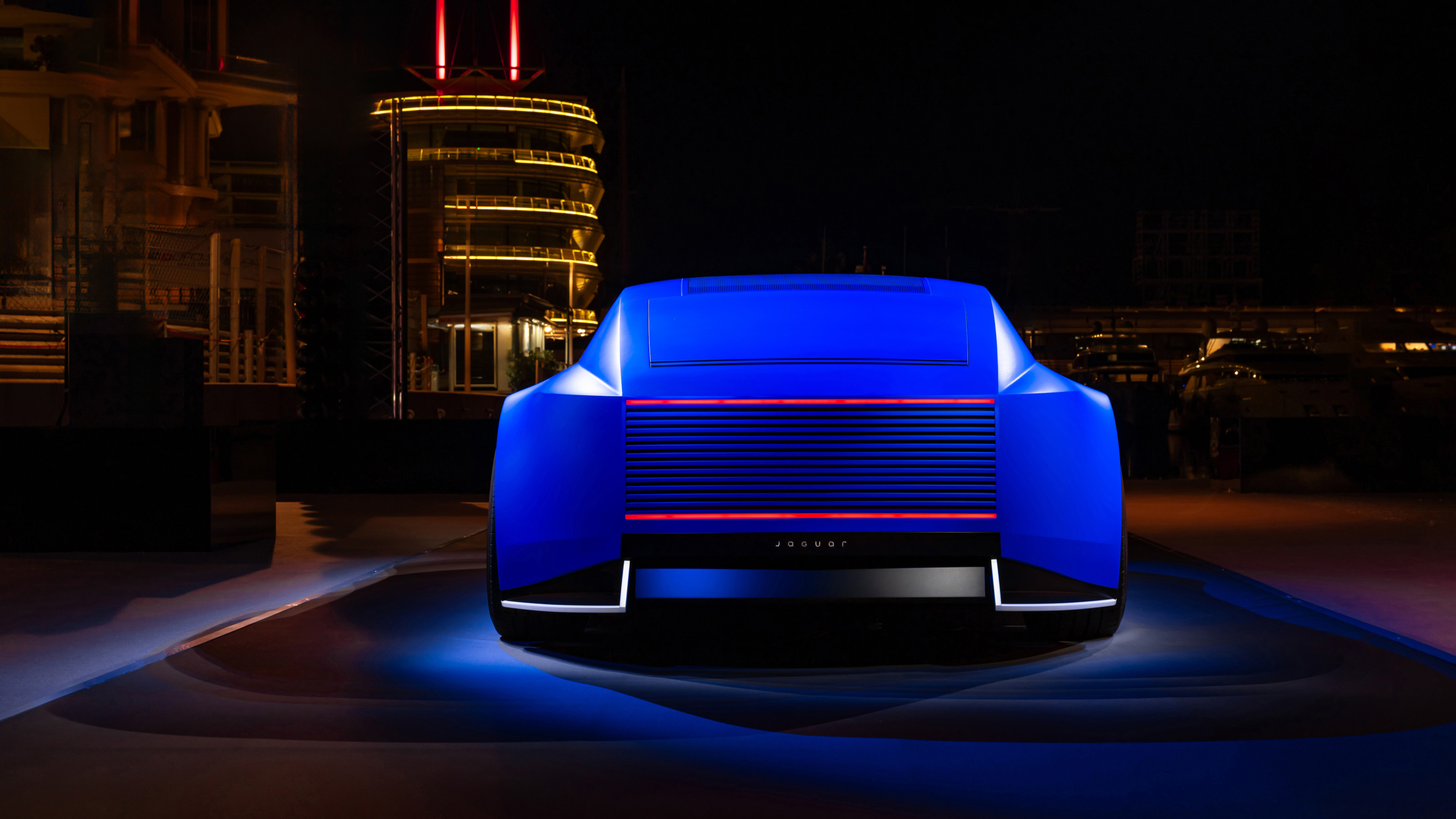 JLR is a mainstay of modern motoring luxury, but do car brands need creative figureheads?
JLR is a mainstay of modern motoring luxury, but do car brands need creative figureheads?With Gerry McGovern reportedly departing from Jaguar Land Rover, what next for the Indian-owned, British-built house of brands?
-
 The Eagle Lightweight GTR is a minimalist expression of racing car aesthetics
The Eagle Lightweight GTR is a minimalist expression of racing car aestheticsEagle E-Types is renowned for its stewardship of Jaguar’s iconic 1960s sports car. With this one-off Lightweight GTR version, the company has pushed its ethos to the limit
-
 Jaguar’s big rethink earns its Type 00 concept car a Wallpaper* Design Award 2025
Jaguar’s big rethink earns its Type 00 concept car a Wallpaper* Design Award 2025We salute the forward-thinking and bold choices of the dramatic Jaguar Type 00 Concept, a preview of next year's all-new electric GT
-
 The top 10 concept cars of 2024, as selected by Wallpaper’s Transport Editor
The top 10 concept cars of 2024, as selected by Wallpaper’s Transport EditorWe round up our favourite forays into futuristic design with this collection of concepts and design studies showcasing the transport of tomorrow
-
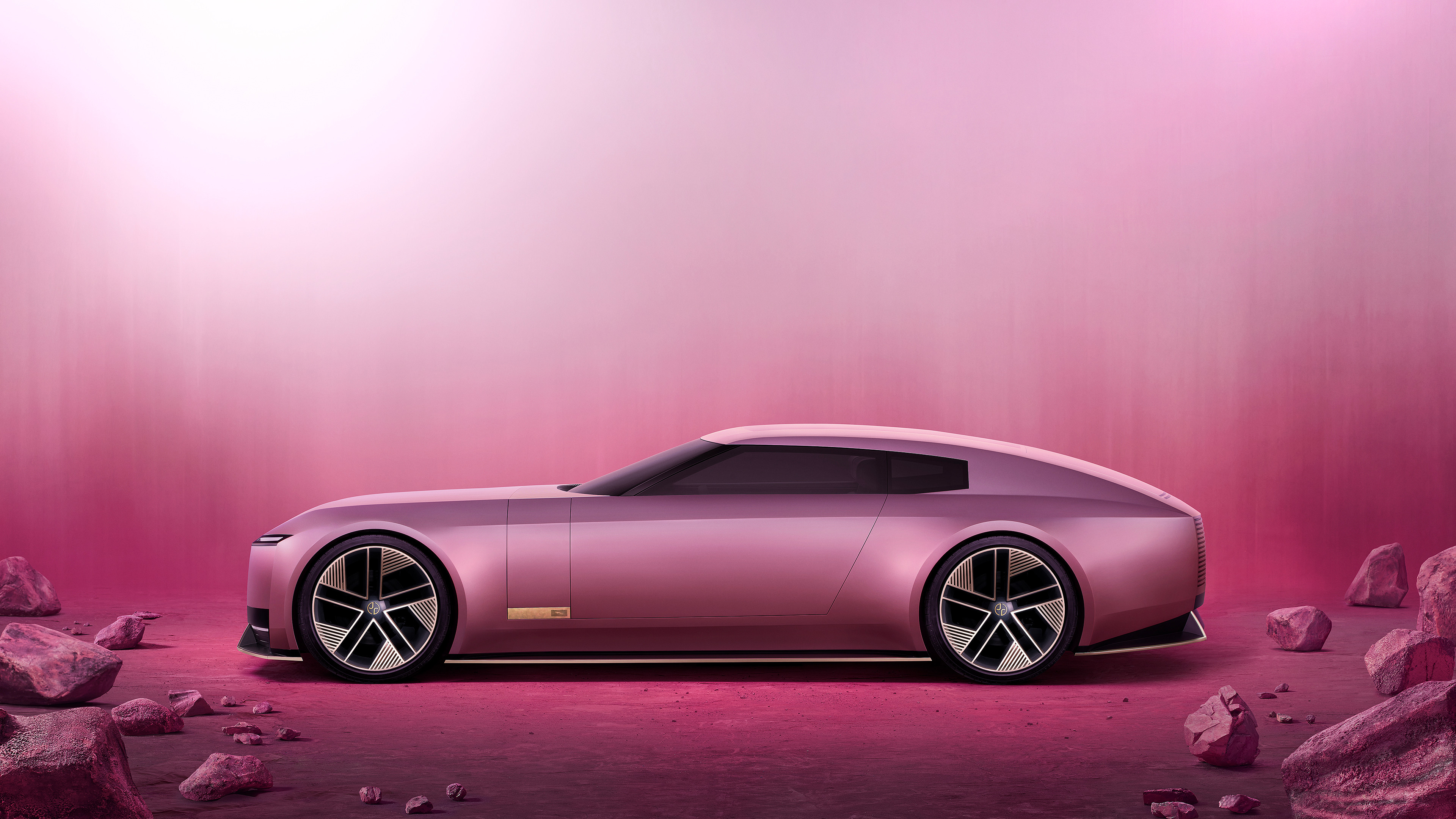 La Vie en Rose: can the Jaguar Type 00 reset the narrative surrounding the brand’s reinvention?
La Vie en Rose: can the Jaguar Type 00 reset the narrative surrounding the brand’s reinvention?This is the Jaguar Type 00, the first physical manifestation of the reborn brand’s new commitment to ‘Exuberant Modernism’. We take it for a semiotic spin
-
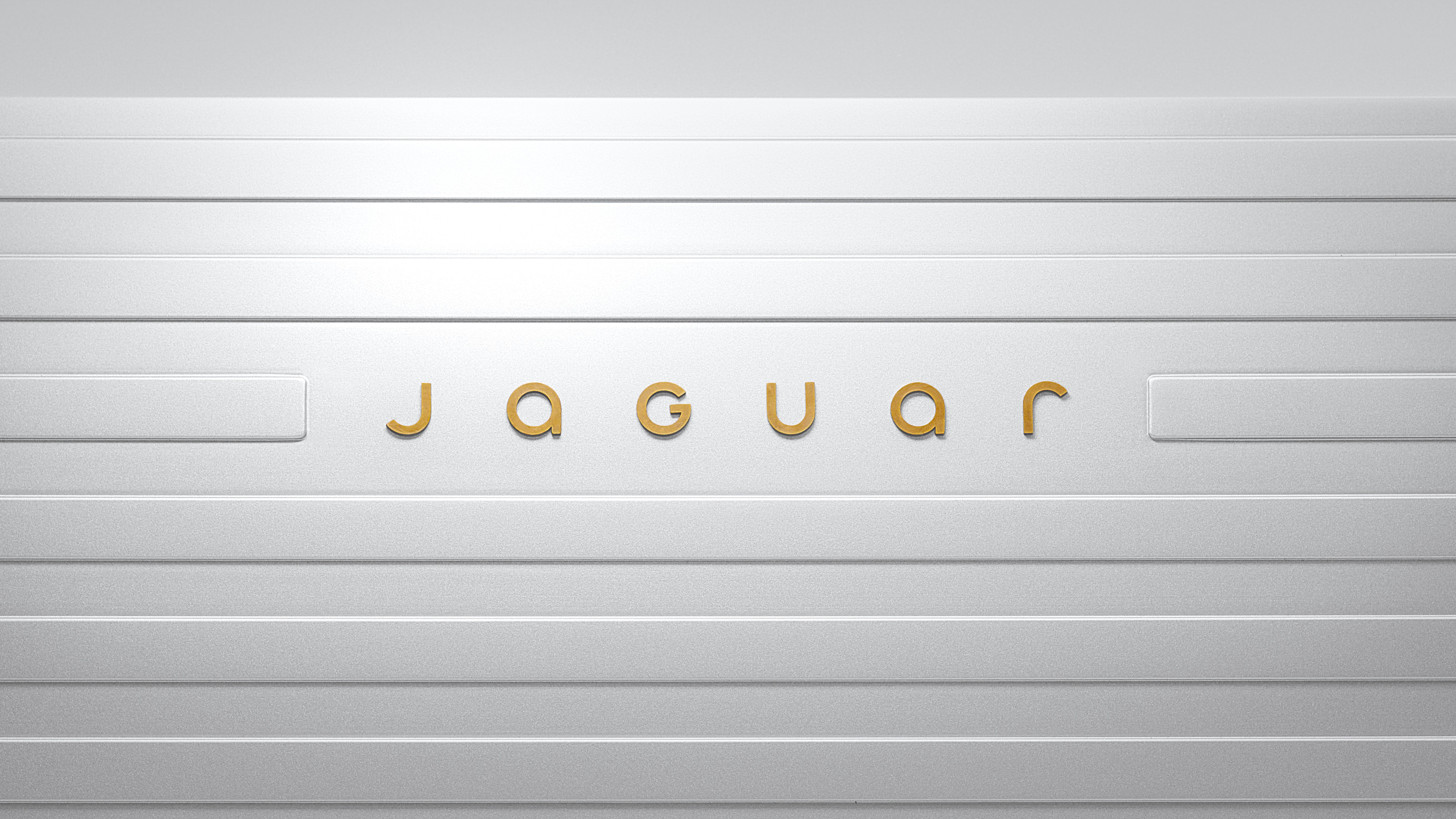 Jaguar reveals its new graphic identity ahead of a long-awaited total brand reboot
Jaguar reveals its new graphic identity ahead of a long-awaited total brand rebootJaguar’s new ethos is Exuberant Modernism, encapsulated by a new visual language that draws on fine art, fashion and architecture
-
 Helm’s meticulously re-imagined Jaguar E-Type features a finely crafted interior by Bill Amberg
Helm’s meticulously re-imagined Jaguar E-Type features a finely crafted interior by Bill AmbergHelm transforms the legendary E-Type into a thoroughly modern machine, upgrading every aspect of Jaguar’s pioneering sports car to an exacting brief
-
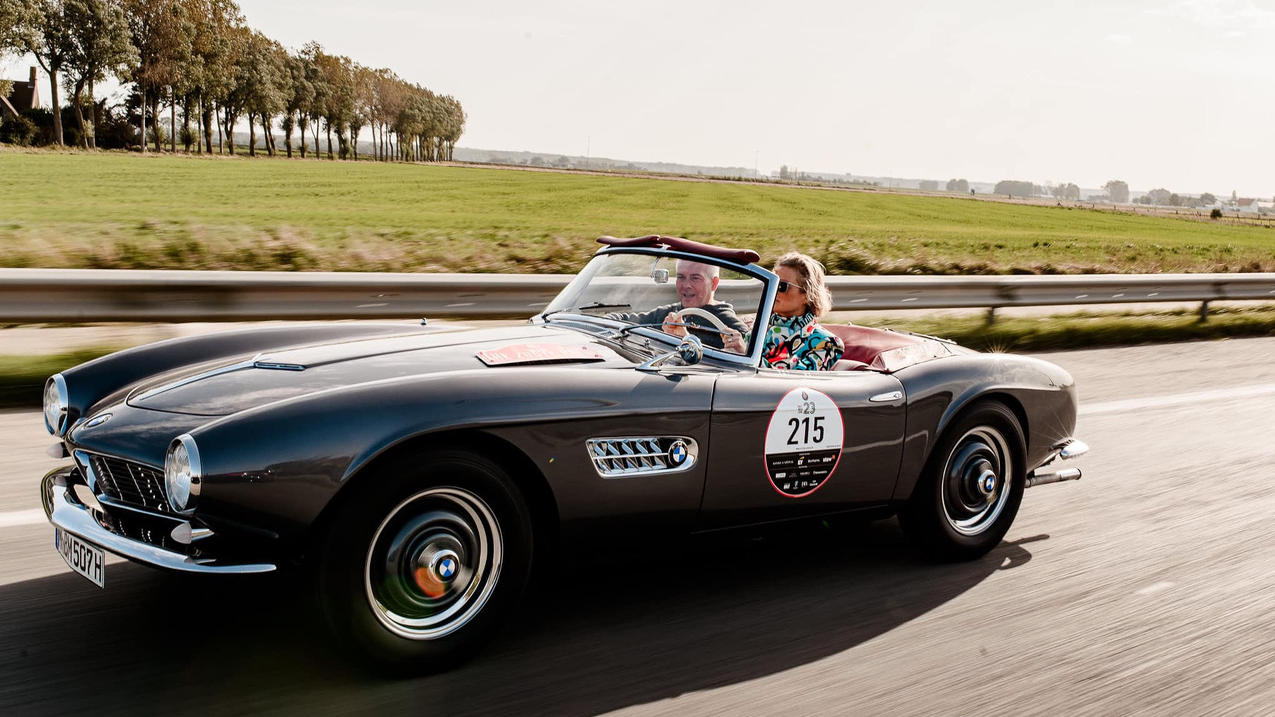 Zoute Grand Prix is a car fest like no other at a pristine Belgian beachside town
Zoute Grand Prix is a car fest like no other at a pristine Belgian beachside townAmy Serafin takes to the well-heeled streets of Knokke-Heist to experience the Zoute Grand Prix, its annual cavalcade of classic car-related events, from a rally to an auction